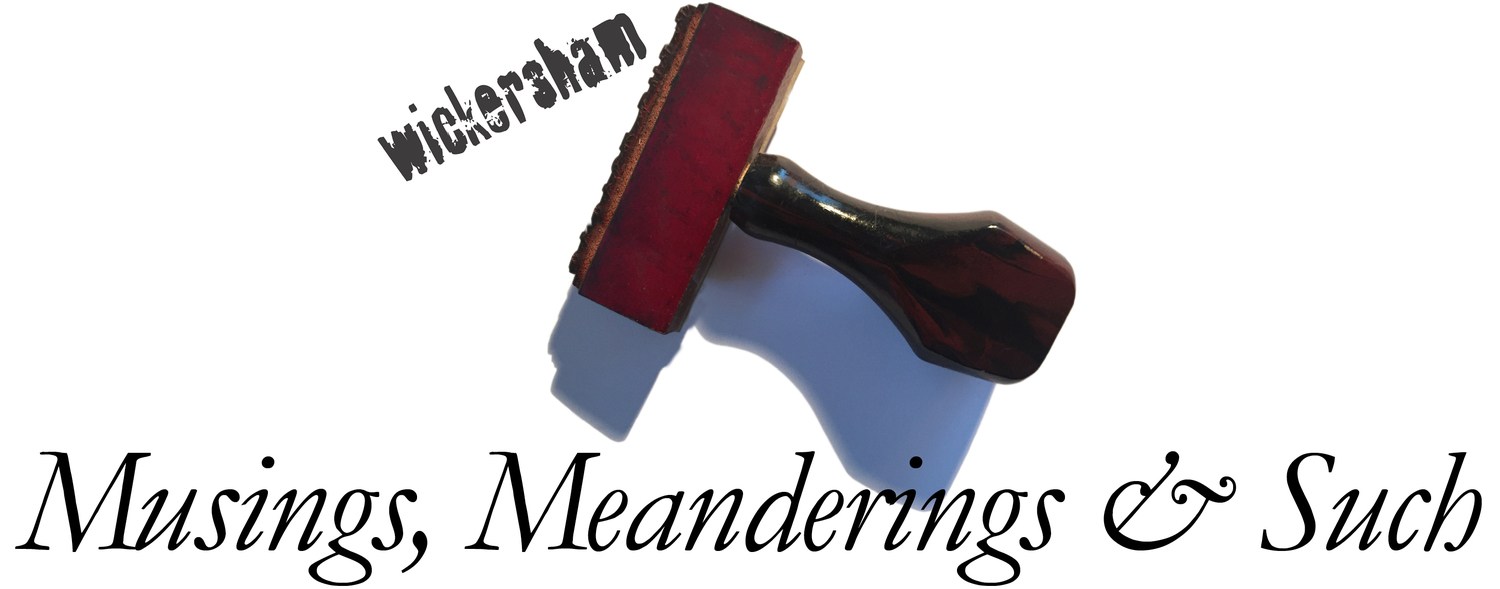Content, Consumers, Brands And Creativity
While it won’t go away anytime soon, the days of brands curating and sharing content as their primary method of engaging customers is waning. There’s no denying that providing relevant, useful content is a way for brands to consistently gain trust and establish leadership. And a good piece of content is eminently sharable. But now that everyone has jumped on the content band wagon, and with the massive amount of content available for sharing, curating alone is simply not enough. And it’s no way to build a brand.
With the steady decline of TV, many brands are seeing proprietary content as a key brand building tactic. They’re recognizing content has to engage, tell a story, and engage over time – not exactly what you can expect from white papers and sharing recipes. Increasingly, TV’s goal is as much about pulling consumers into branded environments where consumers can engage in content that has longevity and sustainability, as it is about pushing messages out. And longevity and sustainability comes from telling a good story and that’s hard to do in an experience that lasts 30 second on TV.
Naturally, the driver for the content explosion has been social media. We have a means to share and opine. The big boys, Facebook, LinkedIn, Twitter are entrenched. Pinterest, Tumblr, Instagram and Google+ as well as micro-video sites like Vine, are all developing or refining their advertising models. Social media is fast becoming the new mass media. The numbers bear this out: Pew Research Center reports 71% of all U.S. adults are on a social network, while an additional 18% use Twitter (Pew sees Twitter as something other than a social network). Break the numbers down by demographic and they’re pretty attractive: 89% of 18-to-29-year-olds are posting, while 78% of 30-to-49-year-olds are on multiple social networks, as are 60% of 50-to-64-year-olds and 43% of those over 65. All that reach is still difficult to get at, but one thing’s clear: a brands most effective distribution channel is the consumer. Brands are acknowledging that investing in, and engaging with their constituents through a strong content and social strategy is a marketing necessity. And they are staffing accordingly.
What does all this mean for the consumer? They are buried. Consumers are inundated and rebelling against the onslaught of content. According to a 2012 study by AOL and Nielsen, 27,000,000 pieces of content are shared every day. By now it’s pretty clear, more isn’t better. We subdivide our Twitter follows into lists of the ones we prefer, the others to be ignored. We scroll past posts in FB and G+ because we’ve seen it all before. We hide posters that give us no value. We weed out the crap, and engage with only what moves us. Consumers are in a phase where they are choosing their content sources, curating their providers, and deciding which brands to engage with. With the inundation of content, it’s simply not easy to be seen.
What does all this mean for brands? If you are not creative enough, interesting enough, relevant enough, you will be ignored. Image-based content and increasingly, video is leading the way. Consumers expect consistent, quality experiences, across their devices, when and where they are. Brands have to prove that they are worth the time and they deserve your attention. Brands need to deliver engagement that is ongoing and reciprocal – after all, it is a relationship. And quality matters. Truth matters. Honesty matters. And it bears repeating, quality matters. Remember, there’s difference between quality and expensive. Brands whose narrative connects with consumers will win. New technologies are making video easily shared, commerce enabled, and eminently trackable. With the reach of social channels, and the shift of dollars from traditional broadcast to online video, branding is finding its place online.
That leaves us with creativity – the ultimate arbiter of what the consumer engages with. Another byproduct of the death of intrusive advertising – the consumers get to choose the good stuff. Great creative gets shared, bad work can cripple a brand. Conversion has historically been the holy grail of digital advertising and it will always be important. But branding is on its way up. Producing branded video is no longer a sideline in a marketing plan. For many brands, it is the new TV. It will command the lion’s share of the budget. It will be fully integrated across devices and channels. It will demand the best creative resources. Great creative will build brand and promote conversion. It will necessarily command the full attention of CMO’s and the best of their agency.
So yes, content is King, but creativity rules the kingdom and earned media is the currency.

